Q4 Motherboard and Graphics: Tour de Taiwan
by Kristopher Kubicki on November 2, 2005 10:14 PM EST- Posted in
- Trade Shows
Biostar
A few weeks ago, we saw the first T-Series motherboard from Biostar, the C51G based TForce 6100-939. Biostar's entire T-Series lineup is gunning for DFI and Abit in the "extreme overclocker" category. High voltage jumpers and a full lineup of easy BIOS saving options certainly give Biostar a lot more bang for the buck than what we've been accustomed to. Biostar's first attempt at a DFI-killer looks like a pretty good one - the Biostar TForce4 SLI:
Another new announcement for Biostar is its entrance into the NVIDIA VGA market. Biostar's Sigma-GATE series (eerily similar to Chaintech's Sigma series...) video cards are a big addition to the company's portfolio. At first, we expect to see low end video cards like the GeForce 6600 and 6600GT (many based on DDR2 configurations), but eventually we will see a full line of cards all the way down from the ultra high end. Biostar recently re-launched their website to reflect the new addition.
Biostar will also feature high end 7800GT and GTX products, although their focus will primarily be the middle to low end video cards. When we talked with Biostar, a lot of emphasis was put on cool, heat-pipe VGA cards.
Not surprisingly, Biostar's near dominance of the C51G (nForce 6100 and 6150) market is mostly due to their ability to get their motherboards into the channel first. Signing large exclusivity deals with NVIDIA is a good way to get first in line for chipset allocation too.
ECS
Like the other Tier 1 manufacturers on our visit, ECS was also working on 945GT and 945GM based motherboards. Unlike the others, however, ECS also had the only working product and a full line of set top systems based around the chipset. Remember that mini-PC from IDF? Here is the actual model from the ECS showroom:
There were also several other prototype mini-PCs based on Yonah as well, including this gem:
Also featured in the show room was an ECS PMP - Portable Media Player. It's an interesting gadget, but it will probably remain a prototype forever.
The surprise board at ECS was their 975X Yonah-compatible model. When NVIDIA was still on board with Intel, 975X Yonah would have meant an SLI Pentium M desktop, but now it looks like we'll just have to settle for a Crossfire MOD board instead. Of course, if ATI decides to release a Crossfire driver for 975X, we wouldn't be too surprised if the drivers could be tweaked for 945P or 955X chipsets as well - and there are a lot of 945GT motherboards for Yonah with dual PEG slots in development. In fact, there are several 945G boards like the one featured below that are already pin compatible with 945GM and GT.
ECS also had their Crossfire boards on display. Unfortunately, we are all still waiting for availability in the US:
For those of you who don't keep pace with the Taiwanese stock market, the big news this month for ECS is the company's acquisition of Tatung. Elitegroup has facilities for PCB, SMT, component and system building already, and their recent merger with Tatung will give the company complete system building capabilities from PCB to full desktop systems. In fact, once the merger is complete, ECS will become solely responsible for complete construction of 8 of the top 10 US system integrators - the other two being Apple and Dell. Expect to see a lot more of ECS in the near future.
A few weeks ago, we saw the first T-Series motherboard from Biostar, the C51G based TForce 6100-939. Biostar's entire T-Series lineup is gunning for DFI and Abit in the "extreme overclocker" category. High voltage jumpers and a full lineup of easy BIOS saving options certainly give Biostar a lot more bang for the buck than what we've been accustomed to. Biostar's first attempt at a DFI-killer looks like a pretty good one - the Biostar TForce4 SLI:
Another new announcement for Biostar is its entrance into the NVIDIA VGA market. Biostar's Sigma-GATE series (eerily similar to Chaintech's Sigma series...) video cards are a big addition to the company's portfolio. At first, we expect to see low end video cards like the GeForce 6600 and 6600GT (many based on DDR2 configurations), but eventually we will see a full line of cards all the way down from the ultra high end. Biostar recently re-launched their website to reflect the new addition.
Biostar will also feature high end 7800GT and GTX products, although their focus will primarily be the middle to low end video cards. When we talked with Biostar, a lot of emphasis was put on cool, heat-pipe VGA cards.
Not surprisingly, Biostar's near dominance of the C51G (nForce 6100 and 6150) market is mostly due to their ability to get their motherboards into the channel first. Signing large exclusivity deals with NVIDIA is a good way to get first in line for chipset allocation too.
ECS
Like the other Tier 1 manufacturers on our visit, ECS was also working on 945GT and 945GM based motherboards. Unlike the others, however, ECS also had the only working product and a full line of set top systems based around the chipset. Remember that mini-PC from IDF? Here is the actual model from the ECS showroom:
There were also several other prototype mini-PCs based on Yonah as well, including this gem:
Also featured in the show room was an ECS PMP - Portable Media Player. It's an interesting gadget, but it will probably remain a prototype forever.
The surprise board at ECS was their 975X Yonah-compatible model. When NVIDIA was still on board with Intel, 975X Yonah would have meant an SLI Pentium M desktop, but now it looks like we'll just have to settle for a Crossfire MOD board instead. Of course, if ATI decides to release a Crossfire driver for 975X, we wouldn't be too surprised if the drivers could be tweaked for 945P or 955X chipsets as well - and there are a lot of 945GT motherboards for Yonah with dual PEG slots in development. In fact, there are several 945G boards like the one featured below that are already pin compatible with 945GM and GT.
ECS also had their Crossfire boards on display. Unfortunately, we are all still waiting for availability in the US:
For those of you who don't keep pace with the Taiwanese stock market, the big news this month for ECS is the company's acquisition of Tatung. Elitegroup has facilities for PCB, SMT, component and system building already, and their recent merger with Tatung will give the company complete system building capabilities from PCB to full desktop systems. In fact, once the merger is complete, ECS will become solely responsible for complete construction of 8 of the top 10 US system integrators - the other two being Apple and Dell. Expect to see a lot more of ECS in the near future.


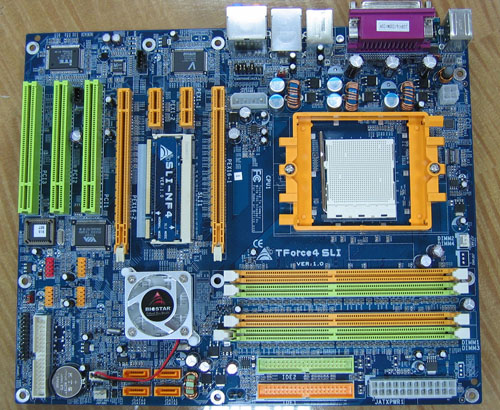
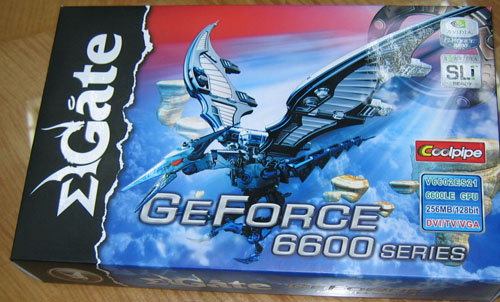
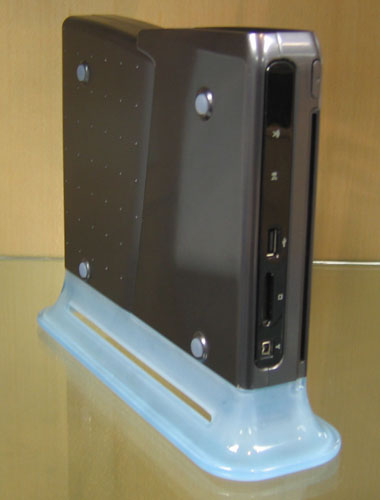
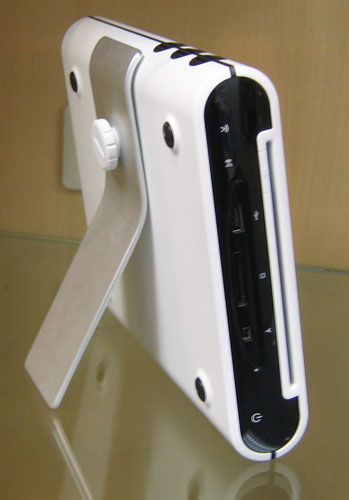
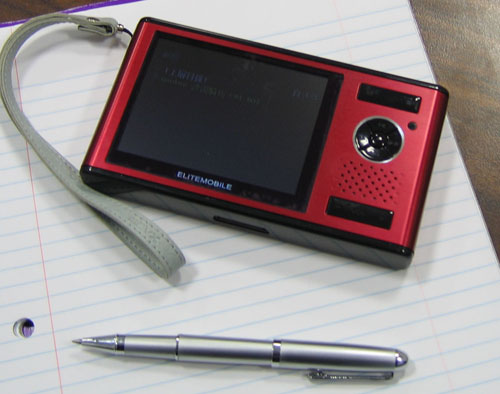
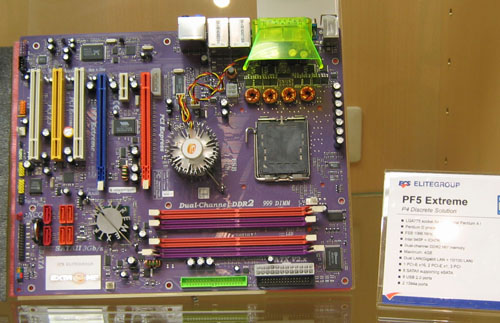
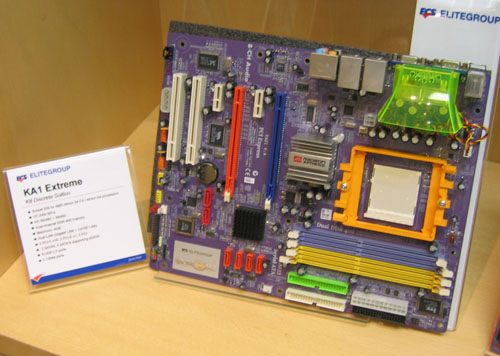








23 Comments
View All Comments
yacoub - Thursday, November 3, 2005 - link
Thanks! Any idea when we'll see that passively-cooled 7800-series card though?I'd love me some 7800GT passive aggressiveness.
nserra - Thursday, November 3, 2005 - link
I guess I will have to buy the ASROCK then.notposting - Thursday, November 3, 2005 - link
That was the only thing I read the article for myself, was anyone else doing an AGP/PCIe ULi board?I might be getting that Asrock board pretty soon if not.
KristopherKubicki - Thursday, November 3, 2005 - link
ECSgunblade - Thursday, November 3, 2005 - link
So, DFI is getting into the Graphic card market now?Good for them I guess, since they can push the Ati card together with the Crossfire MOBO. However, too bad Ati doesn't allow pre-OC the graphic card or else driver will reject it.
Ledu RF - Thursday, November 3, 2005 - link
First of all, i think that your article is very good but not complete, i can't understand how can you make a review about mobo makers like "ECS" and not make a review about others like Aopen who realy deserve to be in this place :-(.thanksKristopherKubicki - Thursday, November 3, 2005 - link
Well the problem was that I didn't really spend a lot of time there. ECS is actually a lot larger than AOpen too - I tried to get as many of the big guys in at once. There will be some more follow ups in the next couple days.Kristopher
imaheadcase - Thursday, November 3, 2005 - link
I wonder why did they put all the PCI/AGP/PCIx cards unside down? I always seemed like being on top was better for airflow. Was it from a old old case design or something? Nothing more annoying that when a website asks for a serial number is having to take card out instead of looking on top for SN :D Or cleaning PC out having to take out card to clean the fan on graphics card better.Anyway, asus is on right track putting GPU on top, will make watercooling installing much smoother to :D
SpatulaCity - Thursday, November 3, 2005 - link
The expansion cards are not upside down, your case is upside down. Just flip your case on it's head and everything should be good. :pBrian23 - Thursday, November 3, 2005 - link
ISA cards were right side up. PCI cards were made backwards so you couldn't accidently stick them in an ISA slot and short it out. Then when AGP came, they just moved the connector so it was physically impossible to put a PCI card in an AGP slot. AGP cards were made upsidedown because They didn't want to limit the number of PCI slots a system could have. At the time, mobos had ISA, PCI, and AGP all on the same board. With PCI in the middle, an extra slot would be lost if the AGP card was made right side up. Who would want a mobo with only 2 PCI slots? Anyways, now ISA is gone giving more space for more PCI slots so it's not that big a deal to give one up to flip the card over. Just make sure the mobo doesn't have parts in the way on that side of the card.